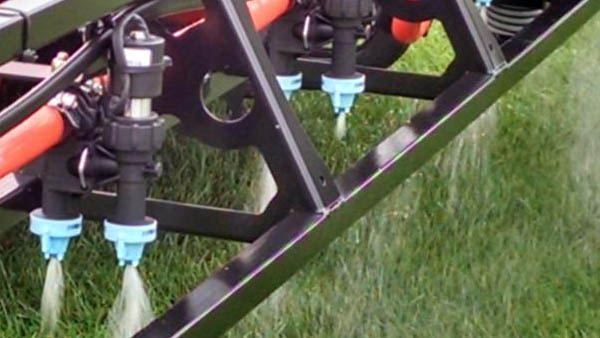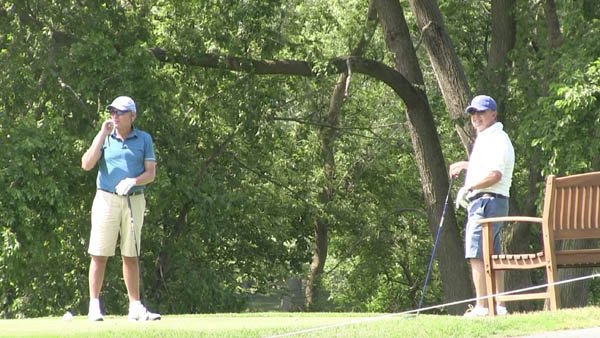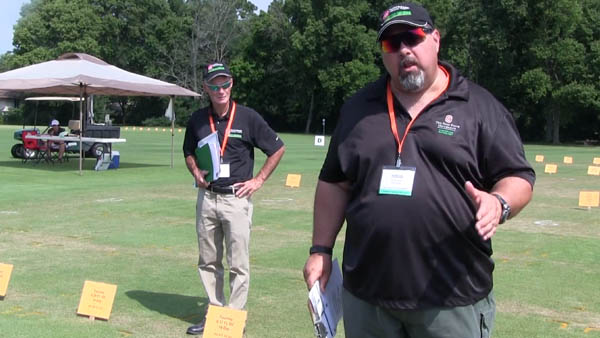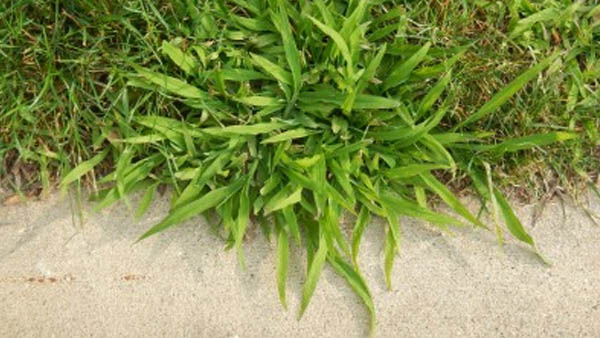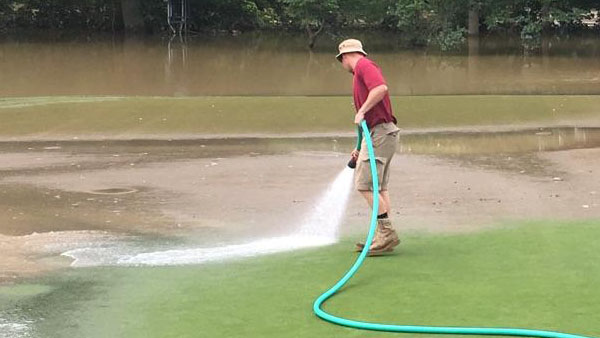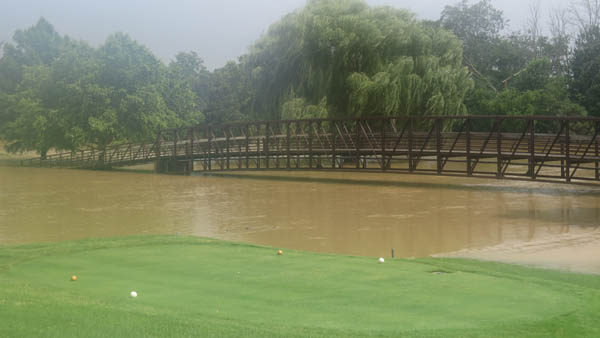

For operators who need to carry a lot of equipment from Points A to B, Club Car has introduced two new van box systems that can carry a lot of equipment in a secured container. based on commercial customer and dealer feedback. The boxes address problems such as damaged panels and corners, water intrusion and security.
One system is designed specifically to fit Carryall 500 work utility vehicle, the other is designed for Carryall 700 work utility vehicles. This larger box features three lockable double doors, one set on each side and one set on the rear.
Each is made of rustproof, powder-coated aluminum.
The boxes look similar to traditional van boxes, but come packed with standard features that include interior LED lighting for greater visibility, bolt-on panels that allow for easy replacement in the event of damage, reinforced corners that increase durability in commercial applications, no windows, which eliminates leaking and improves cargo security, magnetic catches on unlatched doors for easy opening and closing, especially on inclines.
Each comes standard in white or gray, and several other optional colors are available.
The boxes come standard in white or gray.
Optional shelves increase the usable area within the van boxes and are ideal for parcels or supplies. The Carryall 500 shelf supports 75 pounds, while the 700 series version can support 150 pounds. The boxes are available pre-assembled.
Brake and backup light systems are available for the street-legal versions of the 500 and 700 series vehicles.
- Read more...
- 3,758 views

